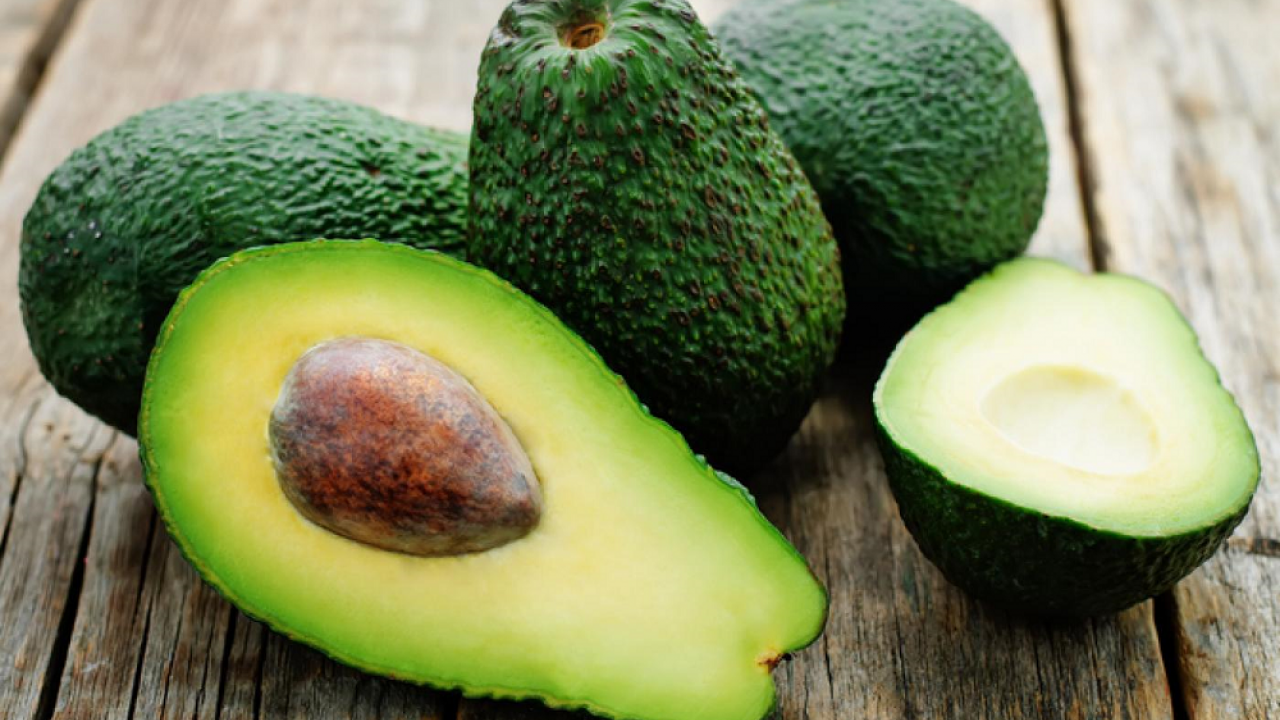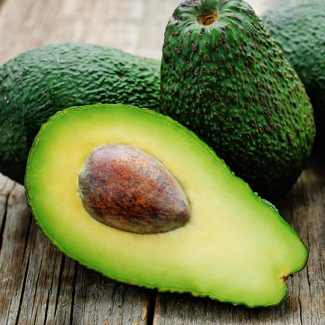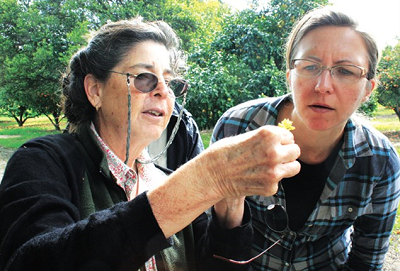
Avocados May Find a Place in Northern California Orchards to Meet Growing Consumer Demand
The good news for Sacramento Valley growers considering avocados is that U.S. consumption has mushroomed to nearly 2.5 billion pounds a year, and doubling every decade, as this versatile fruit has been discovered as a delicious, heart-healthy source of cholesterol-free fat.
The sobering news, however, is that though the trees produce an impressive abundance of flowers, it is very difficult to get many of them to set fruit.

“One thing with avocados is fruit set is a little challenging,” said Mary Lu Arpaia, University of California Cooperative Extension subtropical specialist. “The tree acts like a flower itself because you have so many flowers; you get tons of flowers but very little fruit. On a big tree, it’s been estimated you get a million flowers, but you only get 200 fruit.”
Arpaia made her remarks to Sacramento Valley farmers who came to the UC Wolfskill Experimental Orchards in Winters to learn more about the possibility of adding avocados to their mix of crops. [Wolfskill Experimental Orchards is part of the Department of Plant Sciences, UC Davis.]
“What you’ve got going for you is flat land and good quality water,” Arpaia said. “You’ve got more water than we do down south. The timing of the industry up here would complement Southern California, and it could be a nice niche crop.”
There is also an abundance of potential consumers looking for locally grown avocados at farmers markets, restaurants and local stores.
“We’ve got a large market within a few miles,” said UC Cooperative Extension orchard systems advisor in Sacramento, Solano and Yolo counties Katherine Jarvis-Shean.
The greatest challenge in bringing avocados to the Sacramento Valley, however, is getting enough of the flowers to become fruit.
“Near the coast, you might be able to get away with one variety, but up here you need a pollinator,” Arpaia said. “Near the coast you get overlap, but in the San Joaquin Valley you don’t, and need a pollinator.”

Avocado varieties are either type “A,” in which the flower opens as female in the morning and male in the afternoon, or type “B,” in which the flower opens as male in the morning and female in the afternoon. Farmers take at least one from column “A” and one from column “B,” as each type can donate pollen to the other.
The dominant Hass variety, for example, is “A” type and can be pollinated by Fuerte and other varieties that are “B” type.
It is prudent to use more than one pollinator, because the effectiveness of the different varieties can vary from year to year.
“The bloom time for the varieties varies from year to year, which argues for having multiple pollinator varieties,” Arpaia said. “One San Diego grower plants a clump of Bacon, Ettinger and Zutano together to reserve the most space for the Hass.”
A standard spacing for the pollinators, according to Arpaia, is every other tree in every other row.
In one study in Chile, there was a 14 to 22 percent increase in fruit yield with the pollinator varieties, and there was a 37 percent difference between having the pollinators right next to the Hass trees compared to two rows or 54 feet away.
“The optimum temperature for fertilization is 68 to 80 degrees Fahrenheit, and you need fairly good humidity,” Arpaia said. “You need a lot of pollen grains on the stigma to get fertilization.”
But to get adequate fruit set farmers also need managed bees, even more bees per acre than it takes to pollinate almonds.
“The honeybee does the pollination,” Arpaia said. “It takes four hives per acre. They don’t prefer avocados, so it depends what competition you have. If you have citrus around, the bees will go to the citrus first. If you have enough hives, they will go to the avocados.”
There are three standard avocado rootstocks, but UC has new ones that will be released over the next three to five years, including a dwarfing alternative for higher-density planting.
Hass has been the dominant variety for decades, but some newer alternatives appear promising, especially for growers looking for smaller trees for dense planting.
“Alternate bearing is considered a problem with avocados worldwide,” Arpaia said. “In the1940s, they said Hass was superior to Fuerte because it was less alternate-bearing. Now they’re saying Hass is too alternate-bearing. We’re always looking for something better. We’ve been looking for varieties that are less alternate-bearing, which is the holy grail. We’re also looking for more compact trees for high-density planting.”
Arpaia has seen the Gem variety planted in 10 by 15 spacing, or even 10 by 10, while Hass trees can be as much as 20 by 20.
“Gem is less alternate-bearing than Hass; it is a little later,” she said. “Gem is also a little more compact than Hass. It takes up about five cubic meters of space, compared to about 16 cubic meters with the Hass. I would think any of the ‘B’ varieties would work as a pollinator for Gem.”
